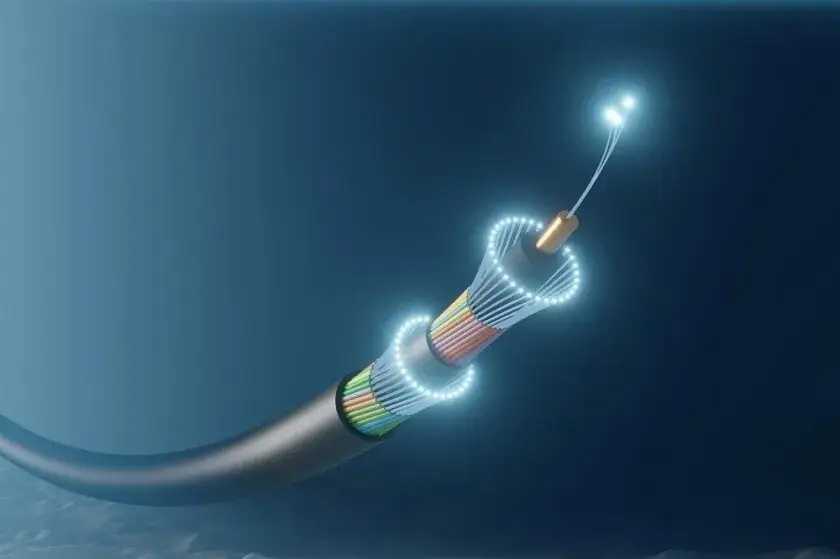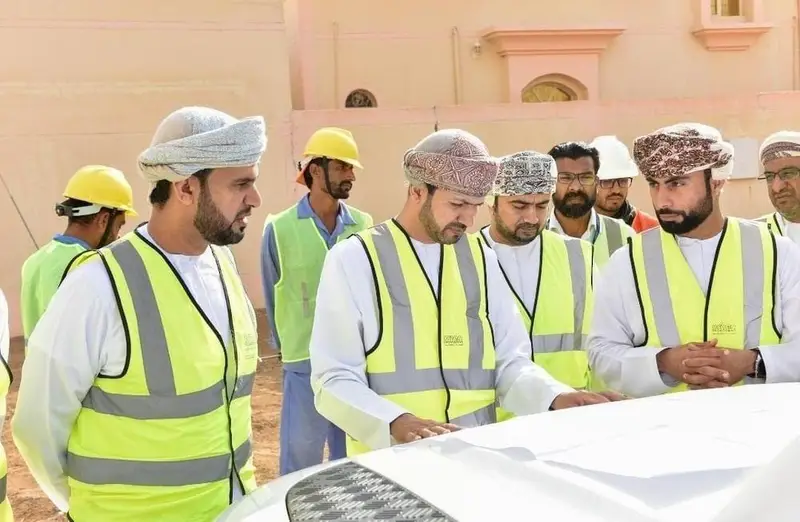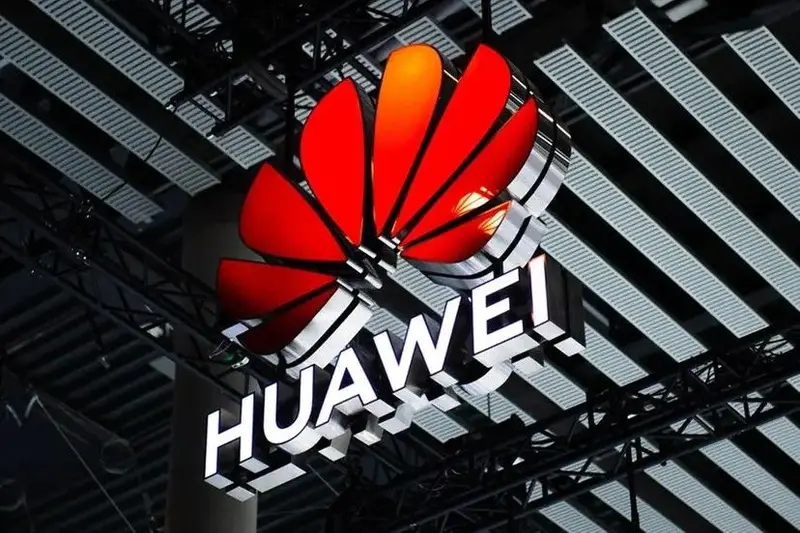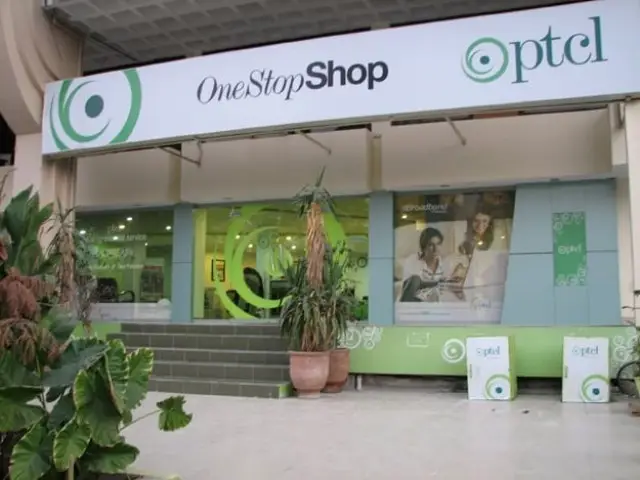Sudan’s telecommunications infrastructure is set for a major transformation following a $3 million investment in advanced networking equipment and the activation of a new undersea fibre optic cable. This initiative aims to restore and improve the nation’s communications network, which has been severely damaged due to ongoing civil conflict.
The undersea fibre cable, part of the Programme for Infrastructure Development in Africa (PIDA), connects landlocked nations in Central and West Africa to the global undersea cable network. This strategic project, known as the Port Sudan to Douala (Cameroon) Corridor, is crucial for enhancing Sudan’s connectivity to the rest of the world.
The Emergency Telecommunications Cluster (ETC), a global consortium providing communications services during humanitarian crises, has invested significantly in the networking equipment needed to support this project. In line with PIDA’s goals, the ETC is set to launch fibre internet services in Port Sudan by the end of this week, with plans to extend the service to other key locations across Sudan, including Khartoum, Dongola, Damazine, El Gedaref, and Kassala.
However, ongoing conflict has delayed service deployment in areas such as Kosti, where evacuations have halted the rollout.
Richard Egwangu, ETC’s regional coordinator, highlighted that the shift to fibre optic technology is a substantial upgrade from Sudan’s previous telecommunications systems. This transition will provide faster, more reliable internet connectivity, crucial for both humanitarian efforts and the country’s recovery.
The new fibre network is also expected to reduce Sudan’s dependence on satellite communications, which have been inefficient and costly. Additionally, the ETC plans to establish multiple operational hubs throughout the country, serving as centers for humanitarian organizations conducting life-saving operations.
Sudan’s telecommunications services have been heavily disrupted since the outbreak of war in 2023, and much of the infrastructure remains in a compromised state. The introduction of the fibre optic network brings renewed hope for a more stable and effective communications system to support humanitarian efforts and the nation’s rebuilding process.















